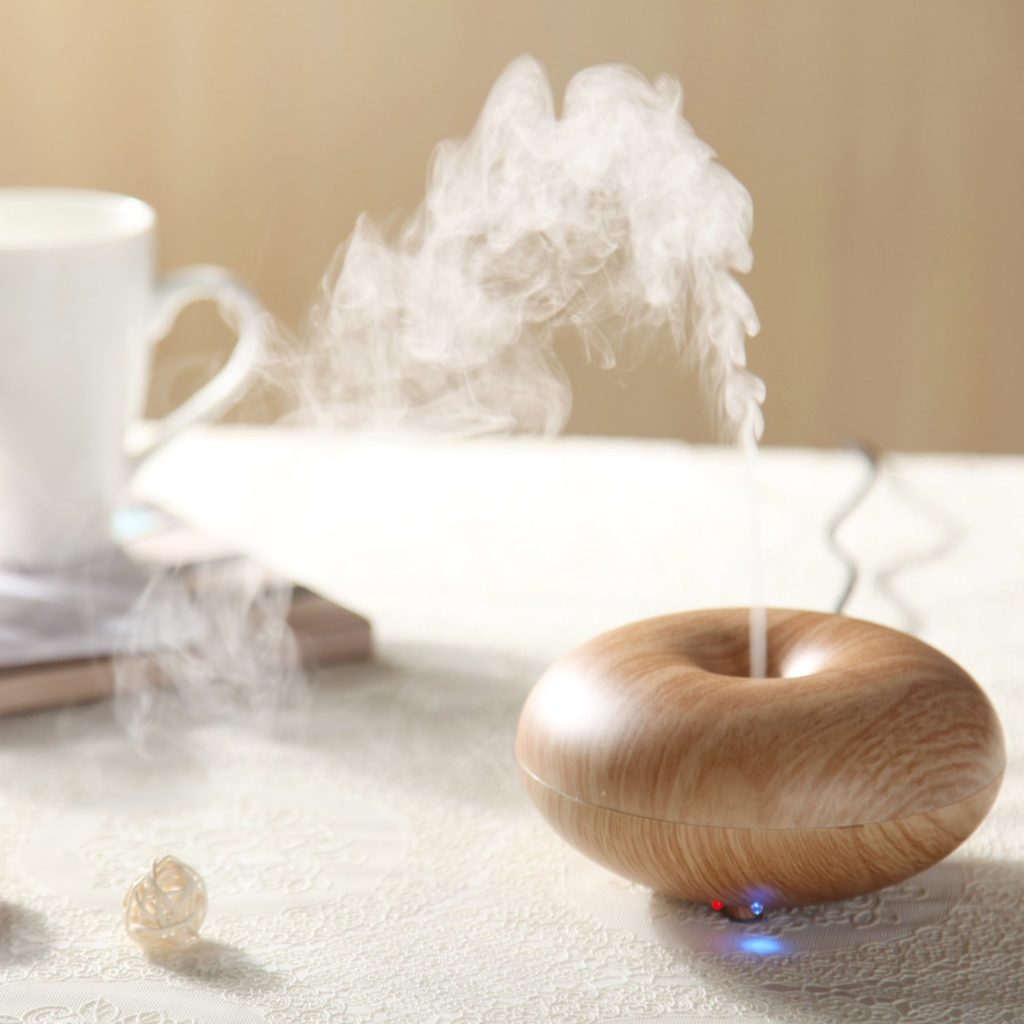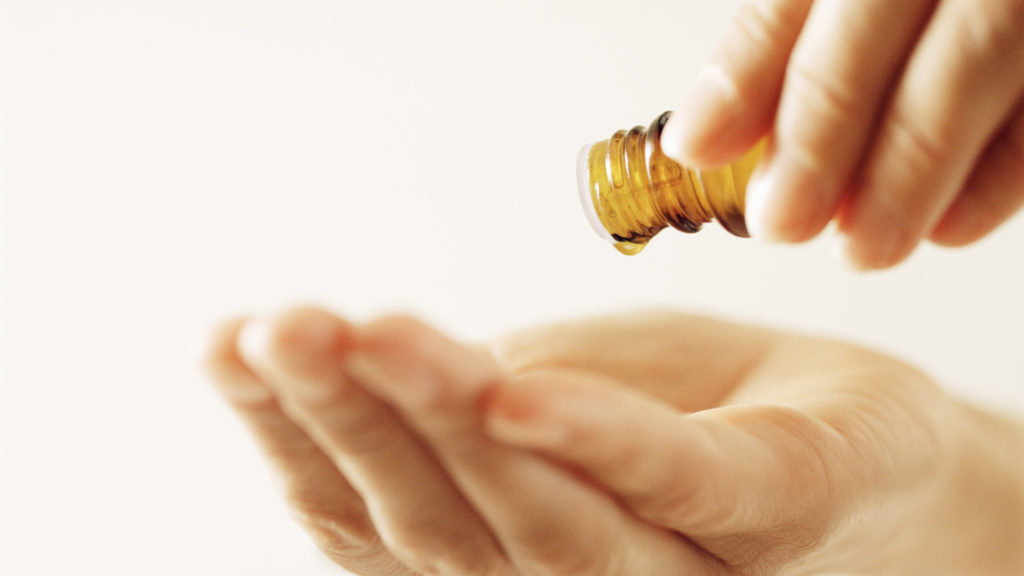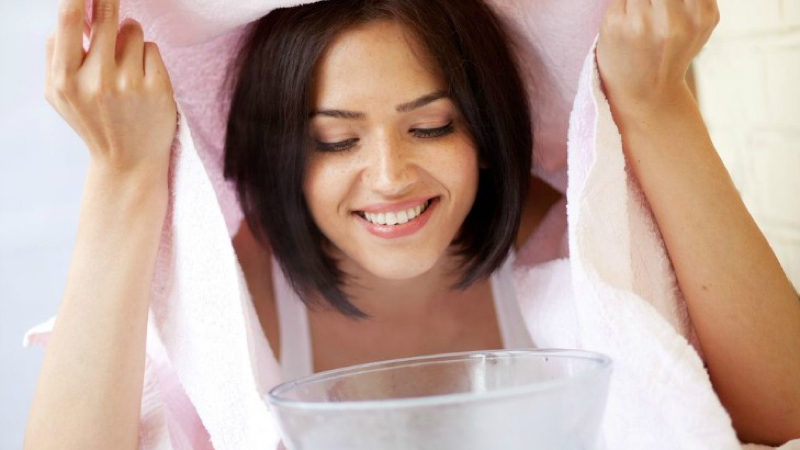For centuries, aromatic herbs have been widely utilized for their therapeutic benefits. This is achieved through aromatherapy, which denotes the art of using naturally extracted oils from plants to enhance both the psychological and physical well-being of a person. By definition, essential oils are the isolates of plant materials, which are derived from flowers, stems, roots, seeds, barks, and leaves.
Although they may appear simple, essential oils are highly concentrated, which means that a little drop can go a long way in improving an individual’s wellness. These oils were perceived as extremely valuable by ancient herbalists and priests who used them for aromatherapy, skin application and consumption. As matter of fact, there are several references to these oils in the Bible, further proving their apparent importance. Over the past decade, essential oils have sparked the interest of many, which has no signs of dwindling. Their increased popularity can be credited to increasingly compelling evidence regarding their utility.
In addition to improving the health and well-being of a person, these oils go a long way in inducing a hygienic and peaceful atmosphere in a home or office. Thus, they’re often utilized by homeowners who are looking to go home to a tranquil and purified environment. Although they are natural, essential oils are super strong and using them in the wrong way can cause adverse effects like skin irritation. The following are a few ways through which essential oils can be used safely.
Aromatic Use

This is a classic method of using essential oils, which is dependent on the ability of scents to trigger powerful physiological, emotional and mental responses. Through this technique, the oils are easily dispersed into the air and quickly absorbed by the smell receptors, which have a direct link to the limbic system. This part of the brain supports such bodily functions as emotions, smell, memory, and behavior. When inhaled, some essential oils like bergamot and frankincense induce invigorating and uplifting effects, while the likes of ylang-ylang, spearmint, and lavender trigger calming and soothing feelings. It should be noted that visual, tactile and auditory information doesn’t pass through the limbic system. This implies that using essential oils aromatically is the most effective method of inducing the feelings of relaxation and calmness.
Among the easiest ways of using essential oils aromatically is through the use of a diffuser. The concept of diffusing essential oils into the air can be traced back to the ancient aromatherapy , a traditional treatment option in which herbs were smoked or inhaled. The diffusers work by breaking the oils into tiny molecules and subsequently dispersing them into the atmosphere. Simply put, diffusers enhance indoor air quality by spreading the fragrance of the essential oils into the environment. Take a look at our review to find out more.
Diffusing essential oils in a home or office affords the occupants the opportunity to derive the following benefits.
- Purification and disinfection of the air by warding off pathogens, viruses and bacteria.
- Enhancing their mood through aromatherapy
- Reducing stress and anxiety
- Spreading a sweet fragrance in the indoor environment
These devices are classified into four main categories that include ultrasonic, nebulizing, heat and evaporative oil diffusers. To use an essential oil diffuser, people are required to put distilled or tap water into the diffuser and add about 5 drops of their favorite essential oils. However, heat diffusers require the user to pour the essential oils into a bowl and heat them using a candle. Some excellent essential oils for diffusion purposes include:
Topical Application

Applying essential oils topically is yet another excellent way through which users can derive their benefits. This method involves rubbing essential oils on the skin. For instance, lavender, eucalyptus, frankincense, and basil are known to reverse inflammation when applied to the skin. Due to their molecular structure, these oils take about 20 minutes to be absorbed through the skin and a few hours to be fully metabolized.
However, essential oils should never be applied directly to the skin, but rather mixed with carrier oils. This is especially true for people with sensitive skins. The best carrier oils have a neutral pH and are typically extracted through cold pressing. Although one’s choice in a carrier oil depends on personal preferences, texture, smell and skin sensitivity, popular assortments include avocado, jojoba, sunflower, grape seed, and sweet almond.
Absorption of the essences into the body occurs through the sweat ducts and hair follicles. There are, however, numerous factors that affect absorption of an oil molecule. The absorption rate is best when the blood circulation level is high and when the skin is warm. Also, the larger the skin’s surface area, the more the essential oils will be absorbed. The permeability of the skin is also a prime consideration. Thinner skin especially that located on the wrists and behind the ears is extremely permeable. Also, the palms, feet, scalp, and armpits readily absorb oil molecules when compared to the arms, belly, legs, and back.
Additionally, the viscosity of the carrier oil is also an important consideration. Grape seed and sweet almond are less viscous and can penetrate the skin more easily than avocado and olive oils. Topical application is either achieved by applying a few drops of the essential oils on the affected area or massaging them in the entire body. Essential oils like lavender can also induce healing when applied and absorbed through cuts, burns, scraps abrasions, and eczema patches.
Using Essential Oils through Inhalation

Breathing is vital in keeping people alive. Taking deep breaths is extremely beneficial on a person’s health and well-being. It offers an easy, yet effective method of calming down when feeling anxious. The results are even better when people add essential oils. When inhaled, essences like chamomile, lavender, bergamot, sage, and marjoram can harmonize the nervous system and reduce stress.
Like the aforementioned, introducing essential oils through the sense of smell is an excellent method of aromatherapy. With the inhalation method, people may choose to simply, but carefully inhale the essential oils directly from the bottle. Another simple way involves pouring a few drops on a tissue or piece of cloth, holding it close to the nose and taking deep breaths.
While at it, it’s advisable to first pour a single drop, which will serve to prevent massive harm especially when using a particular oil for the first time. When inhaling the oils, the user needs to keep their breath relaxed. They should also take deep breaths rather than sniffs. Practicing slow, deep breaths sends signals to the body, telling it to relax.
Another effective method involves steam inhalation, where a user is required to boil 3 cups of water, pour it into a bowl and add a few drops of their favorite essential oil. Consequently, they should lower their head towards the bowl and cover it up using a towel. Steam inhalation can be very effective in improving the skin. For instance, it can ease acne especially when 2 to 3 drops of lavender, tea tree, clary sage or juniper berry are added into the water. Also, when these oils are used with steam inhalation, they can induce therapeutic effects on the body. These include alleviating colds, flu or even chest congestion.
Compressing Method
Compressing is ideal for treating external issues like insect bites, boils, sprains, headaches, and menstrual cramps. In this method, the user will require a natural fiber cloth that can cover the entire surface of the injured area, and a container full of water. After the essential oils have been added the water, the mixture should be stirred well to disperse the oil evenly. The fiber cloth should subsequently be lowered into the basin and lightly squeezed to remove the excess water. This cloth is then placed on the affected area and left there for at least an hour. This method is classified into a warm compress and cold compress.
In the case of an infected finger, the user requires a cupful of water, 2 drops of essential oils like lavender and a small piece of cloth. They should put the cloth into the water and wrap it around the finger. For muscular aches, arthritis, pains, infection and menstrual cramps, the patient should use a large container of water and 4 to 6 drops of essential oils like clary sage, lavender, eucalyptus, rosemary, ylang-ylang and rose.
Using Essential Oils in a Hot Bath
Hot baths have been utilized for centuries and for good reason. They enhance the blood flow and enable people to relax and unwind after a long day at work. The results are even better when essential oils are added to the bath water. However, it should be noted that oils don’t mix with water thus they will merely float on the surface. Therefore, they need to be diluted with a carrier like jojoba or olive oil. This goes a long way in spreading the oils evenly throughout the water. Also, given that the oils simply float on the water, it is extremely important to use them in their diluted form. This is because they can come into contact with the skin and cause irritation or burns.
Ideally, for a single bath, users can mix 3 -12 drops of essential oils in a single tablespoon of carrier oil of their choice, pour the mixture into the bath and stir. While it might be tempting to trickle the oils when running the bath, it will cause the essence to escape and scent the bathroom instead. Users should also be cautious when using essential oils lest they slip and fall in the bathroom.
It’s also important to note that not all essential oils are right for use in a hot bath. Just because they smell good doesn’t mean that they are safe. Even when mixed with carriers oils, some essential oils such as oregano, clove, cinnamon, savory, wintergreen and thyme (except linalool) are known to cause skin irritation. Those that are ideal for use in the bathroom include lavender, rose, and chamomile. Not only are these oils safe for use in hot baths, but they also induce a feeling of calmness as well as reduce stress and anxiety. They are also beneficial for the skin; they reduce eczema, itchiness, and dryness.
Ideally, those looking to sooth the muscles may use 5 drops of marjoram, 4 drops of lemongrass and 3 drops of lavender. People who’re contemplating improving their mood can opt for 5 drops of lemon, 2 drops of thyme linalool and 3 drops of rosemary. For relaxation purposes, users can combine 3 drops of frankincense, 4 drops of German or Roman chamomile and 5 drops of lavender.
Aromatherapy Massage

Massages have been shown to be extremely therapeutic. This is a popular treatment option for inducing deep relaxation and reducing stress. When used with essential oils, massages help to improve blood circulation and stimulate the muscles to improve mobility and flexibility. Aromatherapy massages can also reduce anxiety, migraines, spasms, and cramps. It also stimulates the limbic system and releases toxins thus improving the immune system.
Like aforementioned, essential oils are super concentrated to be used for massage in their original form. There’s, therefore, need to mix them with oils that emit neutral aromas. Some of these include sweet almond and grape seed oil. For better results, users should add about 20 drops of their favorite essence into one ounce of oil. Some essential oils that are ideal for massage therapy include:
The Bottom Line
Essential oils are volatile, yet very powerful compounds extracted from plants. They contain several properties that render them powerful in treating health issues such as stress, skin irritation, headaches, and inflammation. These oils interact with the body through the skin or the olfactory nerve. They are, however, added to carrier oils like jojoba, olive, and avocado before being put into use. These oils should be used correctly lest the user fails to wring the most out of them. They may also cause adverse effects if the user fails to follow instructions to the letter.
